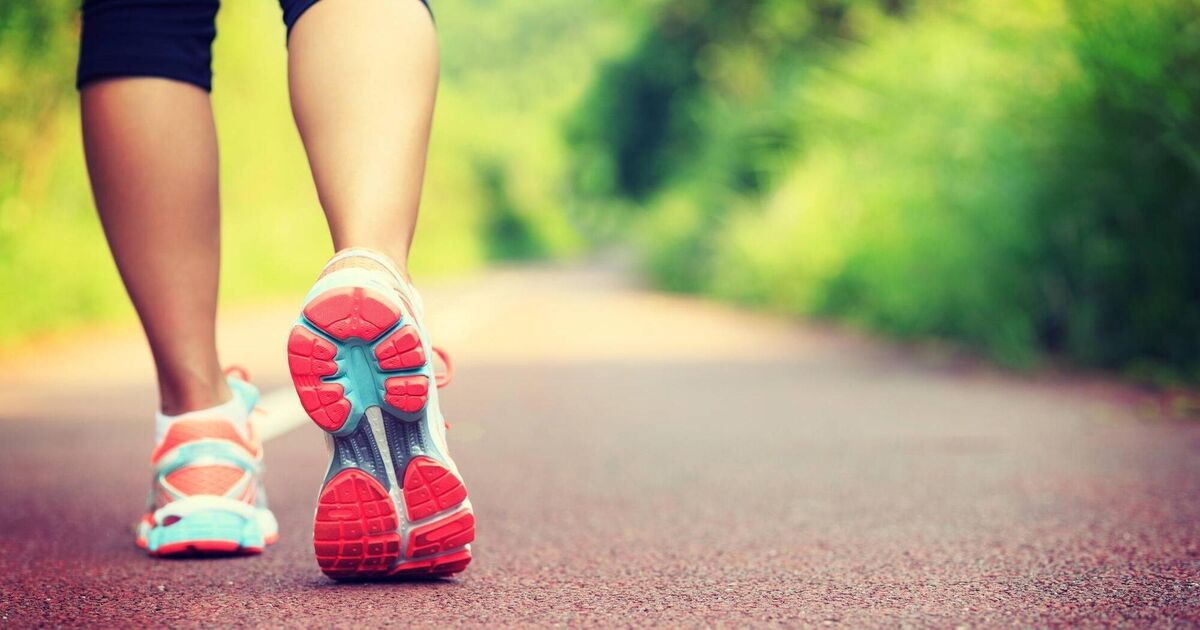We intuitively know the benefits that we get from physical activity, we can feel it! It gets the blood pumping, blows away the mental cobwebs, makes us feel rejuvenated and healthy, ready to face our day.
Weights at home – you don’t need a fancy gym, muscle strengthening can be done on your living room floor, or in the garden with items from your kitchen cupboards as weights if you need to.
Walking pads – these are revolutionising how we get our steps in during unpredictable weather or time-poor days. These are not bulky like a treadmill, but can be used more easily around the home or even under your desk, folding neatly away when not needed. This isn’t a splurge that you have to make though, walking outside is free!
Smart watches – being able to measure things like steps, sleep quality, and heart rate can help us to quantify our progress in relation to our health, seeing the numbers track in the right direction can give us momentum to build on further.
Youtube – While there are lots of paid programmes out there, and some benefit from coaching, Youtube really is a goldmine of supportive videos and ready-to-try exercise routines. There’s nothing like following along to keep you accountable for that last set of reps! Choose the duration that suits, whether it’s ten minutes or 30, and gradually build your capacity.
Accountability buddy – don’t go it alone, and get a friend involved in carving out the time for activity. Walk and talk, fit in that catch up as an extra win, and you’ll be feeling physically and mentally better before you know it, with the feelgood endorphins flowing.
A family affair – the physical and sedentary guidelines apply to every family member, so think about ways to get all involved in upping that step count, and moving more. A picnic at the end of a walk or trek is always a good incentive!
Screen time audit – reducing time on our phones creates space for time more positively spent. See how many hours you’re spending on different apps, and consider what might help to reduce this e.g. time-outs, deleting of apps, no phone at the dinner table, etc.
The benefits of movement for our health are significant. Our mood, sleep, heart health and bone health are improved, and our risk of chronic diseases and cancer are reduced.

